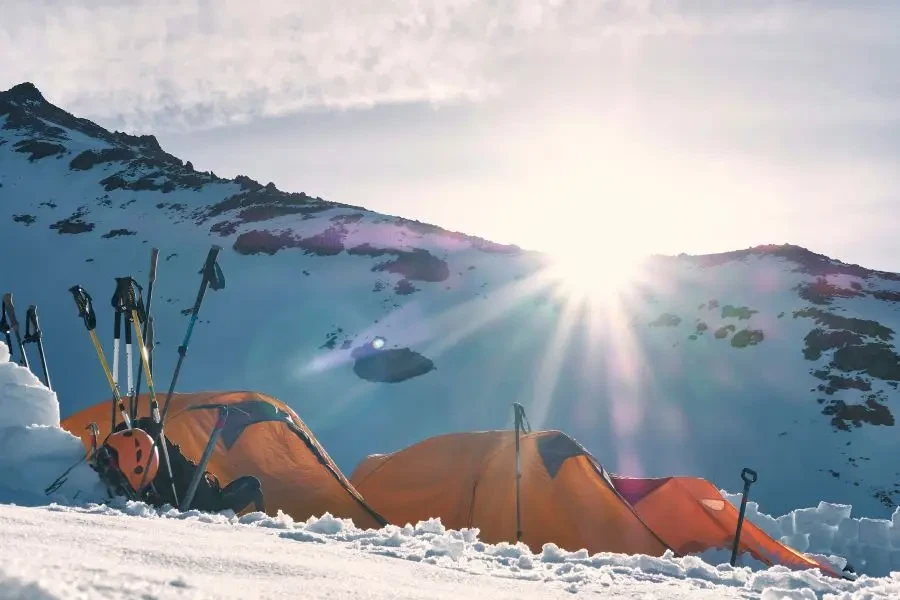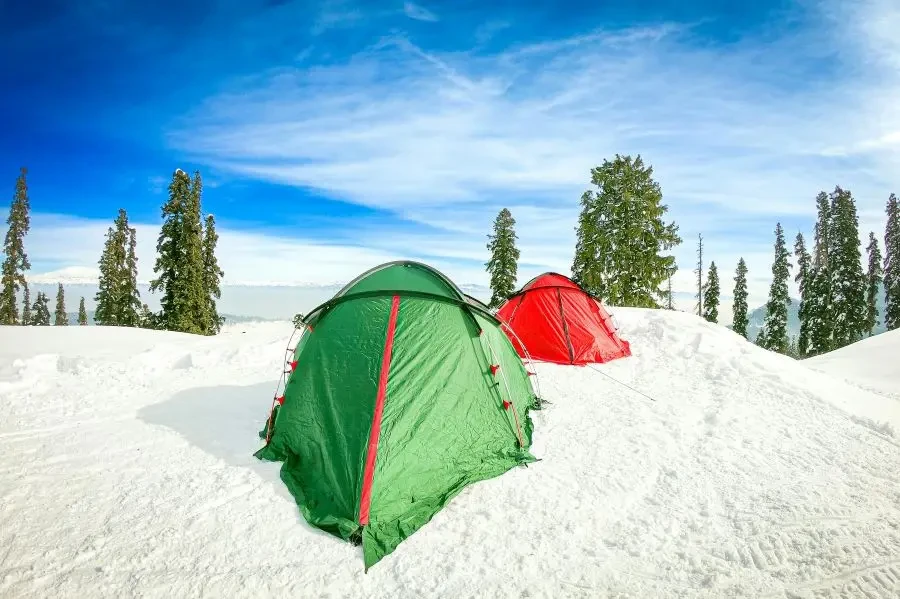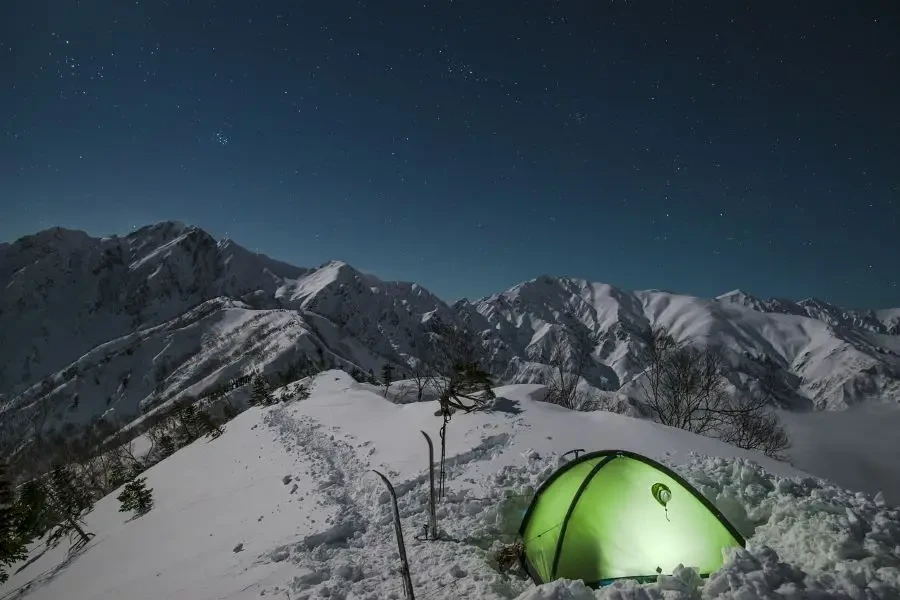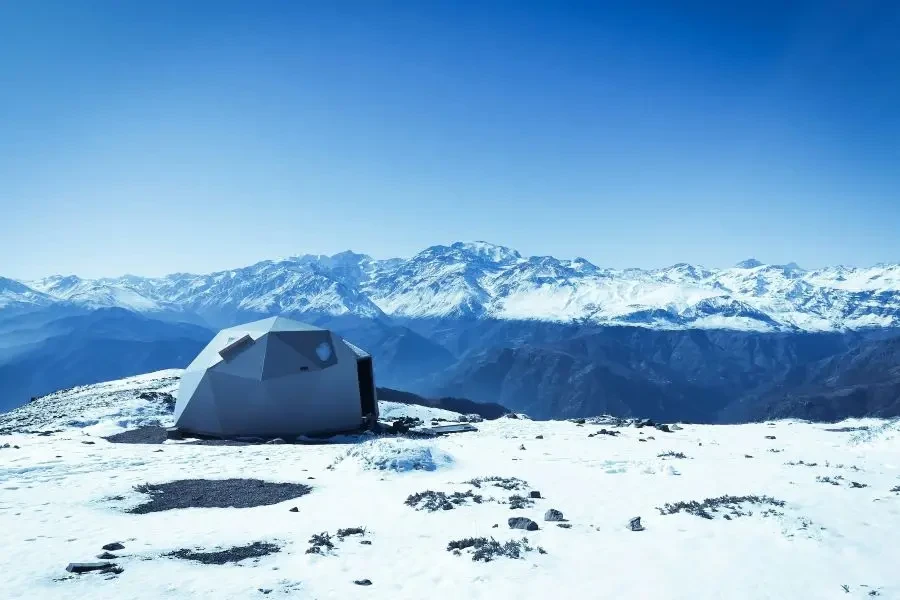Winter camping has seen a significant rise in popularity, leading to an increased demand for winter tents. This trend is driven by various factors, including the growing interest in outdoor activities, advancements in tent technology, and economic conditions that encourage spending on recreational gear.
Table of Contents:
Market Overview: The Growing Demand for Winter Tents
Innovative Designs and Features in Winter Tents
Comfort and Safety: Essential Aspects of Winter Tents
Customization and Versatility in Winter Tents
Market Overview: The Growing Demand for Winter Tents

Increasing Popularity of Winter Camping
Winter camping has become a popular activity among outdoor enthusiasts, contributing to the rising demand for winter tents. According to a report by Research and Markets, the global outdoor equipment market is projected to increase at a CAGR of 5.98% from 2024 to 2028. This growth is fueled by the increasing number of people participating in outdoor activities, including winter camping. In the United States, 82% of consumers reported participating in outdoor activities such as camping and hiking in 2022, up from 60% in 2020. Similarly, in China, over 400 million people engaged in outdoor sports by the end of 2021, with a significant increase in search volume for “outdoor” on Tmall between 2021 and 2023.
Key Markets and Demographics
The demand for winter tents is not limited to a specific region but spans across various key markets. North America, Europe, and the Asia-Pacific region are significant contributors to the market growth. North America, with its diverse terrains and climates, is a prime region for outdoor recreational activities. The cultural inclination towards active living and adventure sports such as hiking, skiing, and mountain biking drives the demand for high-quality winter tents. In Europe, countries like Germany, France, and the United Kingdom have well-established outdoor clothing brands that cater to the growing interest in eco-conscious products. The Asia-Pacific region, particularly China, Japan, and South Korea, is witnessing rapid expansion in the outdoor clothing industry due to rising disposable incomes and urbanization.
Economic Factors Driving the Market
Economic conditions play a crucial role in the growth of the winter tent market. The global outdoor clothing market grew from USD 31.09 billion in 2023 to USD 32.79 billion in 2024 and is expected to continue growing at a CAGR of 5.63%, reaching USD 45.65 billion by 2030. This growth is driven by increased consumer awareness about the health benefits associated with outdoor activities, an enhanced focus on adopting an active lifestyle, and rising travel and tourism activities. Urbanization trends have also contributed to the significant rise in demand for specialized apparel designed for recreational pursuits or adventure sports. Additionally, recent technological advancements have led to the development of advanced materials that offer improved functionality, such as moisture-wicking properties and better insulation capabilities, resulting in innovative products that cater to more specific end-user requirements.
Innovative Designs and Features in Winter Tents

Advanced Materials for Enhanced Durability
Winter tents have evolved significantly over the years, with manufacturers incorporating advanced materials to enhance durability and performance. According to the “Best 4-Season Tents of 2024” report, many modern winter tents utilize high-strength fabrics such as Kerlon, which is known for its remarkable tear resistance and longevity. For instance, the Hilleberg Nammatj 2 GT features Kerlon fabric, making it a popular choice for extreme mountain conditions. This material not only withstands harsh weather but also provides a lightweight solution, which is crucial for mountaineering and high-altitude expeditions.
Another example is the MSR Remote 2, which uses Easton Syclone poles. These poles are made from a composite material that offers superior flexibility and strength compared to traditional aluminum poles. This innovation ensures that the tent can endure heavy snow loads and strong winds without compromising its structural integrity. The use of such advanced materials is a testament to the ongoing efforts to improve the durability and reliability of winter tents.
Cutting-Edge Insulation Technologies
Insulation is a critical aspect of winter tents, as it directly impacts the comfort and safety of the occupants. Modern winter tents are equipped with cutting-edge insulation technologies that provide excellent thermal efficiency. The Nemo Kunai, for example, features a double-wall design that enhances insulation by creating an air gap between the inner and outer layers. This design not only traps heat but also reduces condensation, which is a common issue in cold environments.
Additionally, some tents incorporate reflective materials to retain body heat. The Big Agnes Copper Spur HV3 Expedition uses a reflective liner that helps to keep the interior warm by reflecting the occupants’ body heat back into the tent. This technology is particularly useful in extreme cold conditions, where maintaining warmth is essential for survival.
Weather Resistance and Protection
Weather resistance is a paramount feature of winter tents, as they must withstand severe weather conditions such as heavy snow, strong winds, and freezing temperatures. The Black Diamond Mega Light, for instance, is designed with a single-wall construction and a floorless design, making it incredibly versatile for snow camping. Its roof vent and mid-panel guy-out points provide excellent ventilation and stability, ensuring that the tent remains secure even in harsh weather.
The REI Co-op Arete ASL 2 is another example of a tent that offers robust weather protection. It features a four-pole design that provides exceptional stability, and its high bathtub floor prevents snow and rain from seeping into the tent. These features make it a reliable option for winter camping in mild to moderate conditions.
Comfort and Safety: Essential Aspects of Winter Tents

Ensuring Warmth and Comfort in Extreme Conditions
Comfort is a crucial consideration for winter tents, as spending extended periods in cold environments can be challenging. Modern winter tents are designed to provide maximum comfort by incorporating features such as spacious interiors, ample headroom, and efficient ventilation systems. The Alps Mountaineering Tasmanian 2, for example, offers a roomy interior with 34.5 square feet of floor area, making it one of the largest two-person models available. This extra space allows occupants to move around comfortably and store their gear without feeling cramped.
Ventilation is another important factor in ensuring comfort. The Nemo Kunai’s mesh windows can be unzipped to increase airflow, preventing condensation buildup and maintaining a comfortable interior temperature. This feature is particularly useful during warmer periods, as it allows the tent to adapt to changing weather conditions.
Safety Features to Withstand Harsh Weather
Safety is paramount when camping in winter conditions, and modern winter tents are equipped with various features to enhance safety. The MSR Remote 2, for instance, is designed with near-vertical walls and a large main vestibule, providing excellent livability and protection from the elements. Its sturdy frame and bombproof Easton Syclone poles ensure that the tent can withstand heavy snow loads and strong winds, making it a reliable choice for mountaineering objectives.
The Hilleberg Nammatj 2 GT also stands out for its safety features. Its tunnel-shaped design is aerodynamic, allowing it to shed snow and resist strong winds effectively. Additionally, the tent’s high-strength Kerlon fabric and robust pole structure provide exceptional stability, ensuring that it remains secure even in the most challenging conditions.
User-Friendly Designs for Convenience
User-friendly designs are essential for winter tents, as they make setup and use more convenient, especially in harsh weather conditions. The REI Co-op Arete ASL 2, for example, features a double-wall design with substantial mesh doors and vents, making it easy to set up and providing excellent ventilation. Its generous headroom and four-pole design also contribute to its overall ease of use.
The Black Diamond Mega Light is another example of a user-friendly winter tent. Its single-wall construction and floorless design make it quick and easy to set up, while its center pole prop serves as a table, adding to its versatility. These features make it an ideal choice for basecamping and snow camping, where convenience and adaptability are key.
Customization and Versatility in Winter Tents

Tailoring Tents to Specific Needs
Customization is an important aspect of winter tents, as it allows users to tailor their shelter to specific needs and preferences. The Nemo Kunai, for instance, offers a versatile design that can be adapted for different seasons and activities. Its double-wall construction provides excellent insulation for winter camping, while the mesh windows can be unzipped for increased airflow during warmer periods. This adaptability makes it a great choice for a wide range of outdoor activities, from spring ski traverses to fast-and-light winter camping.
Multi-Functional Designs for Various Activities
Multi-functional designs are a key feature of modern winter tents, as they allow users to use their shelter for various activities. The Black Diamond Mega Light, for example, is not only a great sleeping shelter but also serves as a dining area, gear storage, and a place to socialize. Its floorless design and center pole prop make it incredibly versatile, allowing users to create seating areas and even cook inside the tent.
The MSR Remote 2 also offers multi-functional capabilities, with its large main vestibule providing ample space for gear storage and cooking. This feature is particularly useful during extended expeditions, where having a dedicated area for these activities can greatly enhance the overall camping experience.
Adaptability to Different Environments
Adaptability is a crucial feature of winter tents, as it allows them to perform well in various environments. The REI Co-op Arete ASL 2, for example, is designed to be a true year-round option. Its double-wall design and substantial mesh doors and vents make it suitable for both winter camping and normal backpacking trips. This versatility ensures that users can rely on the tent in a wide range of conditions, from mild to moderate winter weather to warmer seasons.
The Hilleberg Nammatj 2 GT is another example of a highly adaptable winter tent. Its tunnel-shaped design and strong Kerlon fabric make it suitable for high-altitude basecamps and polar exploration, while its relatively lightweight construction allows it to be used for mountaineering and other demanding activities. This adaptability makes it a top choice for adventurers who need a reliable shelter in various environments.
Conclusion
The advancements in winter tent designs and features have significantly improved the comfort, safety, and versatility of these essential outdoor shelters. With the incorporation of advanced materials, cutting-edge insulation technologies, and robust weather resistance, modern winter tents are well-equipped to handle the harshest conditions. As we look to the future, we can expect further innovations that will continue to enhance the performance and adaptability of winter tents, making them even more reliable and user-friendly for outdoor enthusiasts.




